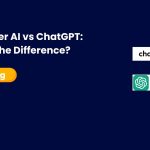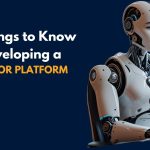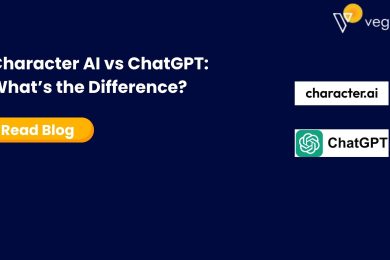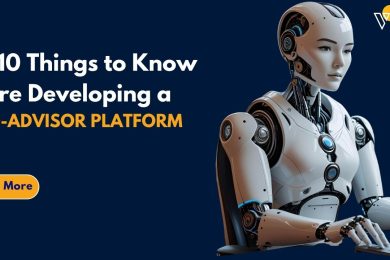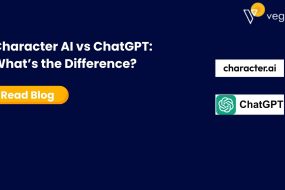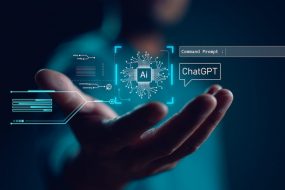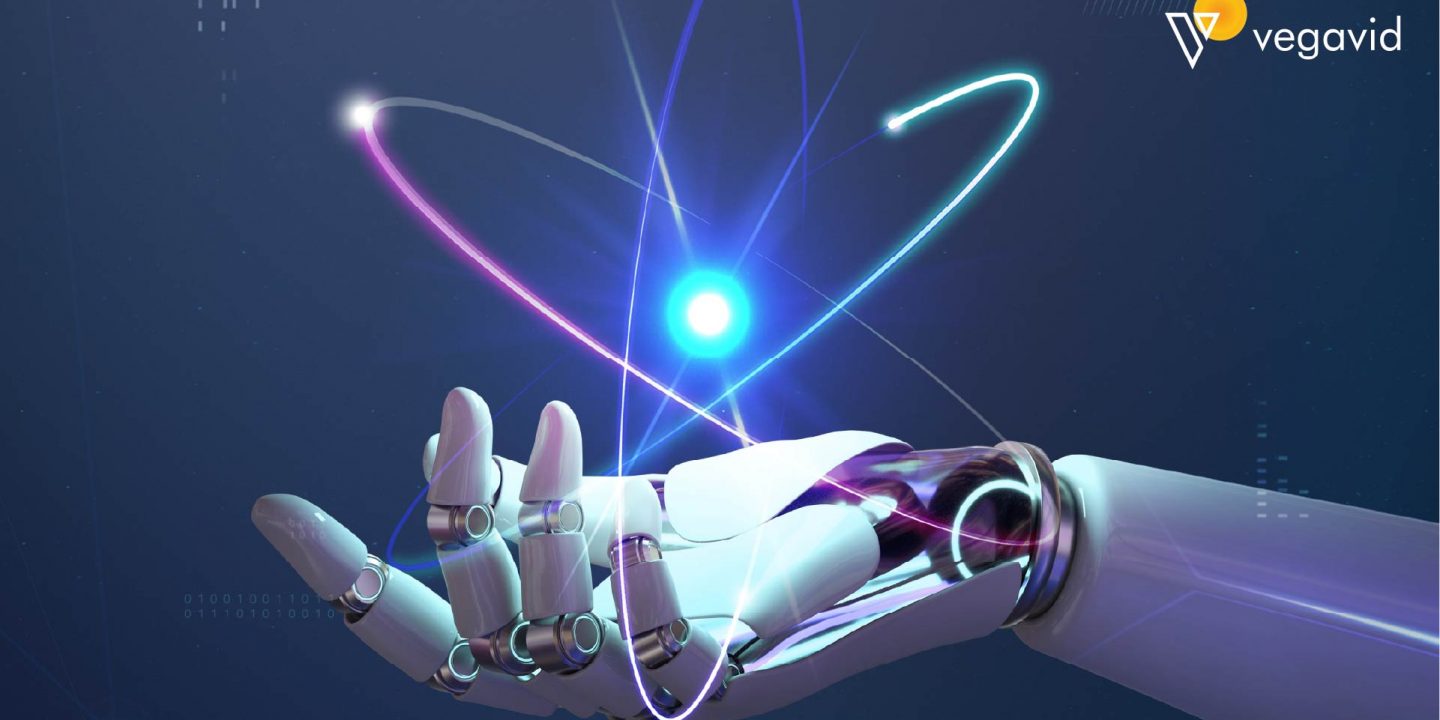
It seems like everyone is talking about artificial intelligence (AI) these days. But what is AI? And what does it mean for the future of humanity? In this blog post, we will explore the basics of artificial intelligence. We will discuss what AI is, how it works, and some of its potential implications for the future. So, without further ado, let’s dive in!
Understanding Artificial Intelligence (AI)
AI is a process of programming computers to make decisions for themselves. This can be done through a number of methods, including but not limited to rule-based systems, decision trees, genetic algorithms, artificial neural networks, and fuzzy logic systems. The aim of AI is to create intelligent agents, which are systems that can reason for themselves and make decisions based on their environment. There are a number of different ways to create an intelligent agent, each with its own strengths and weaknesses.
Rule-based systems are one way to create an AI. In a rule-based system, the programmer defines a set of rules the computer follows to make decisions. The advantage of this approach is that it is relatively simple to understand and implement. However, the disadvantage is that the programmer must anticipate all possible situations that the computer might encounter, which can be difficult or impossible to do.
Decision trees are another way to create an AI. In a decision tree, the computer looks at a series of options and chooses the best one based on some criteria. The advantage of this approach is that it can be very flexible; the disadvantage is that it can be time-consuming for the computer to find the best option in some cases. Genetic algorithms are yet another way to create an AI. In a genetic algorithm, solutions are evolved over time through a process of natural selection. The advantage of this approach is that it can find very good solutions to difficult problems;
Types of Artificial Intelligence
There are three main types of artificial intelligence:
- Reactive machines: Reactive machines are the simplest form of AI. They don’t have the ability to learn from experience or make predictions about the future. All they can do is react to the present. Examples of reactive machines include chess-playing computers and self-driving cars.
- Limited memory: Limited memory machines have the ability to learn from experience, but they can’t make predictions about the future. They remember what happened in the past and use that information to inform their decisions. An example of a limited memory machine is a robot vacuum cleaner that gets smarter over time as it learns where obstacles are in your home.
- Generalized artificial intelligence: Generalized AI is the most advanced form of AI. It has the ability to learn from experience and make predictions about the future. It can also understand and respond to new situations that it has never encountered before. This type of AI is still in its early stages of development, but it has great potential for revolutionizing many industries, including healthcare, finance, and transportation.
Importance of Artificial intelligence
Artificial intelligence is one of the most important emerging technologies today. Here are four reasons why:
First, AI can help us automate repetitive tasks and boost efficiency. For example, imagine you’re a customer service representative. You might have to deal with the same types of questions or issues over and over again. With AI, you could train a computer to handle those types of interactions, freeing up your time to do other things.
Second, AI can help us make better decisions by providing data-driven insights. Today, we increasingly rely on data to make decisions in our personal and professional lives. But that data can be overwhelming. AI can help us filter and analyze that data so that we can make more informed decisions.
Third, AI can improve our predictive abilities. By analyzing past patterns, AI can give us a better sense of what might happen in the future and help us plan accordingly. This is especially important as we face an ever-changing world filled with challenges like climate change and pandemics.
Fourth, AI can help bridge the gap between humans and machines. As machine learning evolves, we’re developing new ways for machines to interact with and understand us. This makes them more useful and helps build relationships between people and machines.
How Is AI Used Today?
AI is used in a variety of ways today, from assisting humans with tasks to autonomously completing them. Here are some examples of how AI is being used today:
- In healthcare, AI is used to diagnose diseases, plan treatments, and predict patient outcomes.
- In finance, AI is being used for fraud detection, risk management, and investment analysis.
- In retail, AI is being used for pricing optimization, product recommendations, and chatbots.
- In transportation, AI is being used for traffic prediction and routing, as well as self-driving cars.
AI and developers
As artificial intelligence (AI) continues to evolve, there is an increasing demand for developers with AI skills. While many developers are interested in learning AI, they may not know where to start. The good news is that plenty of resources are available to help developers get started with AI. Online courses, books, and even dedicated conferences are devoted to AI development.
Once developers have a basic understanding of AI, they can begin to experiment with different tools and techniques. By building AI applications, developers can not only improve their skills but also make a significant impact on the future of artificial intelligence.
How AI Technology can help organizations
Artificial intelligence technology can help organizations in a number of ways. It can automate tasks that are time-consuming or difficult for humans to do, such as data analysis or pattern recognition. It can also help organizations make better decisions by providing insights that humans might not be able to see. AI technology can help improve customer service by providing personalized recommendations and responding to customer queries.
How enterprises use AI
Enterprises are turning to artificial intelligence (AI) to automate processes and improve decision-making. AI can help organizations achieve their business goals by providing insights from data, automating repetitive tasks, and improving customer experiences. Organizations are using AI in a variety of ways, including:
Generating insights from data: AI can help organizations make sense of large data sets to identify patterns and trends. This information can be used to make better decisions about products, services, and operations.
Automating tasks: AI can be used to automate repetitive tasks such as data entry and analysis. This can free up employees’ time so they can focus on higher-level tasks.
Improving customer experiences: AI can be used to personalize customer experiences and provide recommendations. For example, a retail organization might use AI to recommend products to customers based on their purchase history.
Advantages of Artificial intelligence
Artificial intelligence can help you automate repetitive tasks and free up your time for more creative work. It can help you analyze large data sets and identify patterns that you may not have noticed otherwise. Artificial intelligence can help you automate customer service tasks by responding to common questions or providing recommendations.
Artificial intelligence can improve the accuracy of your predictions and decision-making by taking into account a larger amount of data than you could process on your own. It can also help you create new products or services by identifying opportunities that you may not have thought of before.
Disadvantages of Artificial intelligence
There are many disadvantages of artificial intelligence (AI). One major disadvantage is that AI can be biased. This can happen when the data used to train the AI is itself biased. For example, if an AI is trained using data that contains racial bias, the AI will likely be racist. Another disadvantage of AI is that it can be used for evil purposes. For example, an AI could create a weapon that targets people based on race or ethnicity. Additionally, AI can be expensive to develop and maintain.
Common myths about enterprise AI
Artificial intelligence (AI) is rapidly evolving and growing more sophisticated every day. However, many misconceptions exist about AI and what it can do. This article will dispel some of the most common myths about enterprise AI.
Myth #1: Artificial intelligence is only for big companies.
Wrong! AI can be used by businesses of all sizes to automate tasks, improve efficiencies, and make better decisions. In fact, small businesses may be able to benefit more from AI than larger enterprises, as they are generally more nimble and can adapt faster to new technologies.
Myth #2: Implementing artificial intelligence is expensive.
Not necessarily. While there is a cost associated with developing and deploying AI applications, this cost is often offset by the savings generated by automating tasks or improving decision-making processes. Additionally, many cloud-based AI services offer pay-as-you-go pricing models that can help keep costs down.
Myth #3: Artificial intelligence will take away jobs.
This is a common fear, but it’s unfounded. While AI will automate some tasks that human workers currently perform, it will also create new opportunities for people who are comfortable working with technology. In addition, as AI gets better at completing certain tasks, humans will be free to focus on higher-level work that cannot be automated.
Conclusion
Overall, artificial intelligence has come a long way in recent years. It is now being used in a variety of different fields, from healthcare to finance. Some challenges still need to be addressed before AI can be fully integrated into society. For instance, there is a lack of standardization across different AI systems. This makes it difficult to compare the performance of different AI systems. AI systems are often opaque, making it difficult for humans to understand how they work. This can create problems when things go wrong, as it can be difficult to figure out why an AI system made a particular decision.


